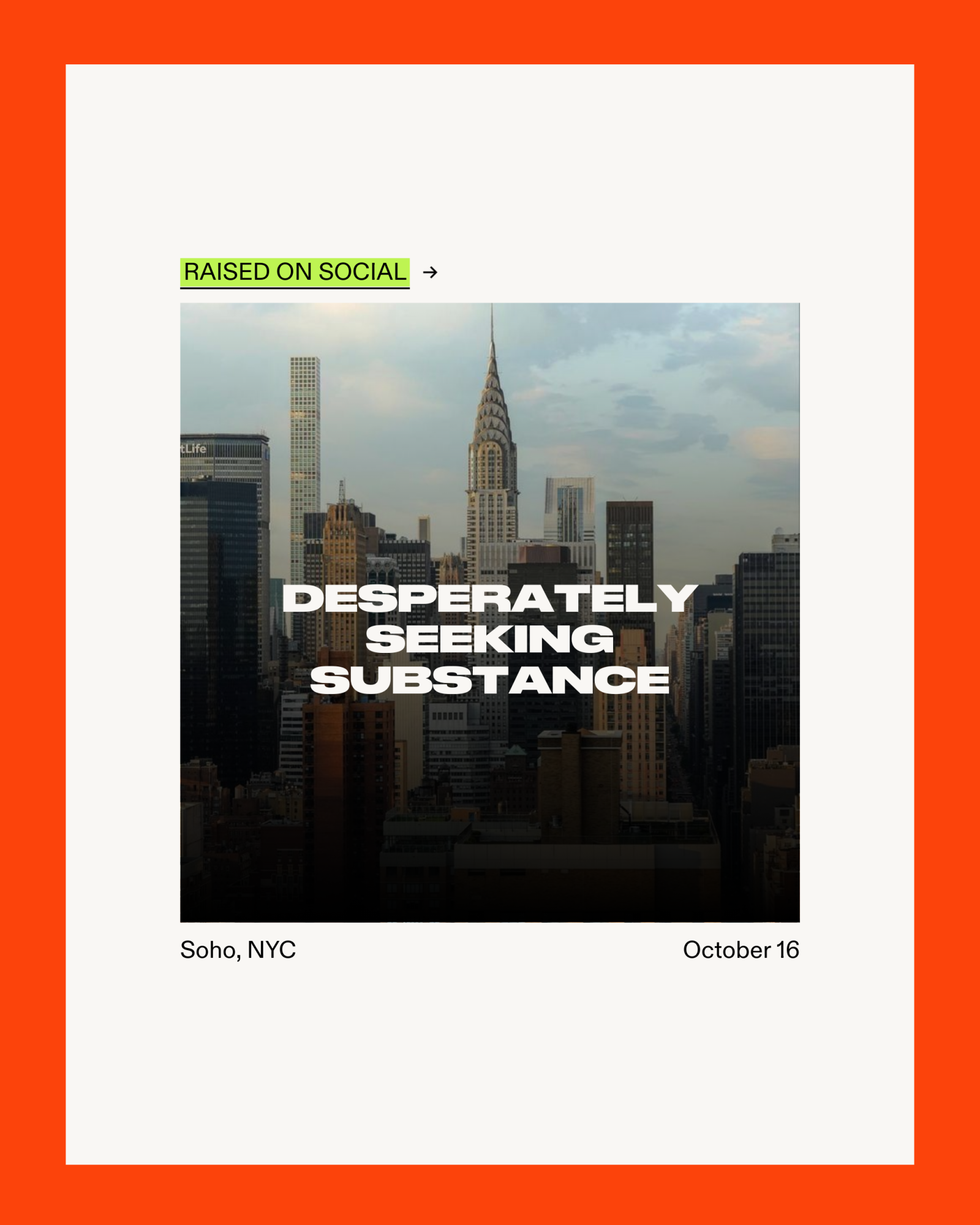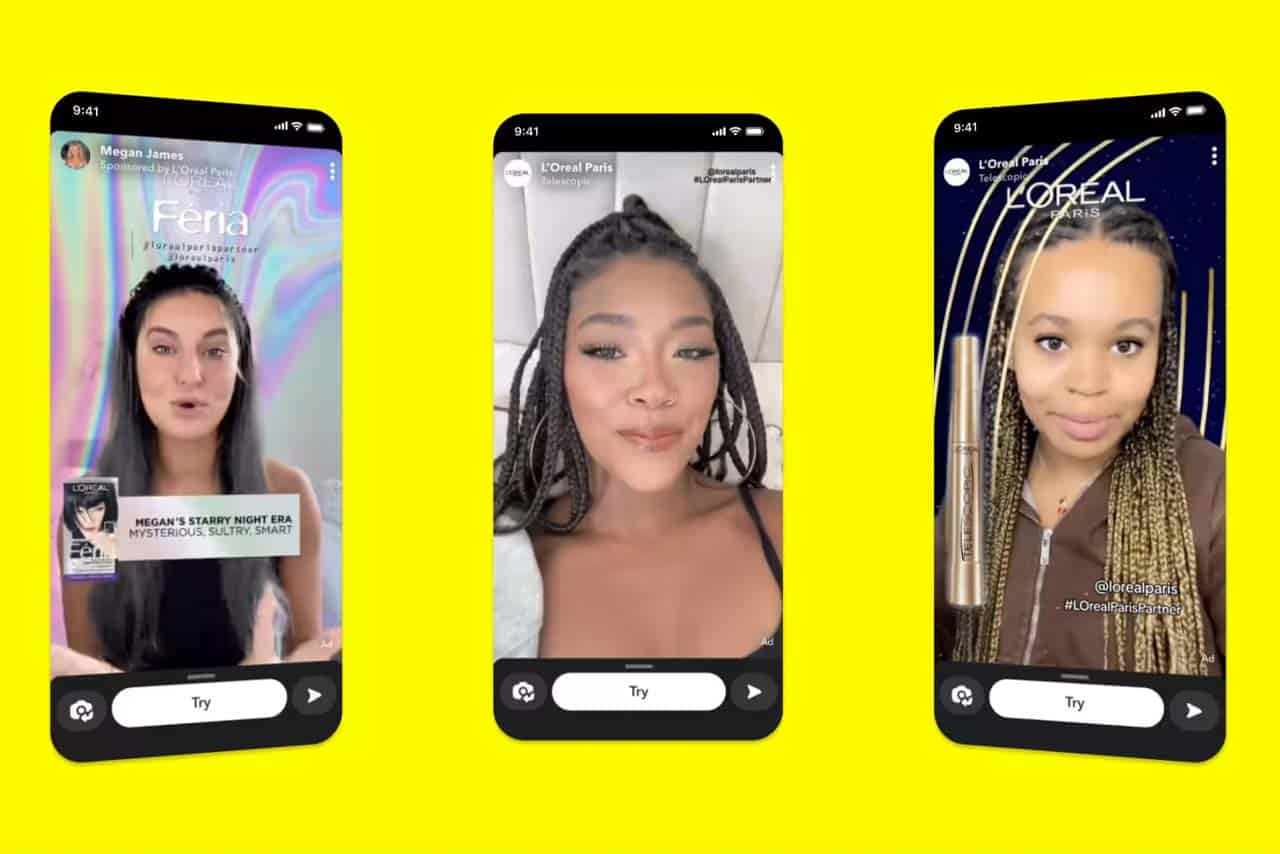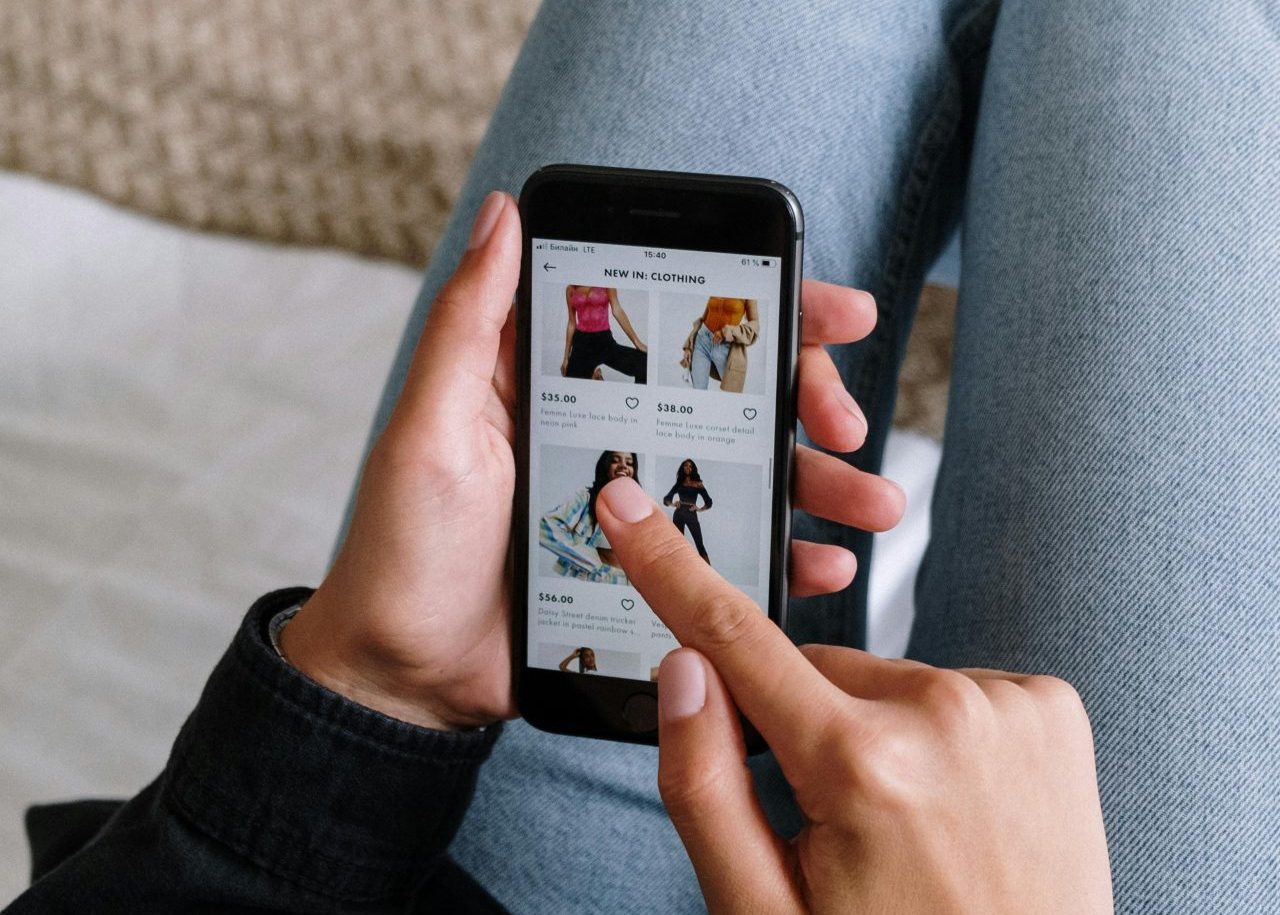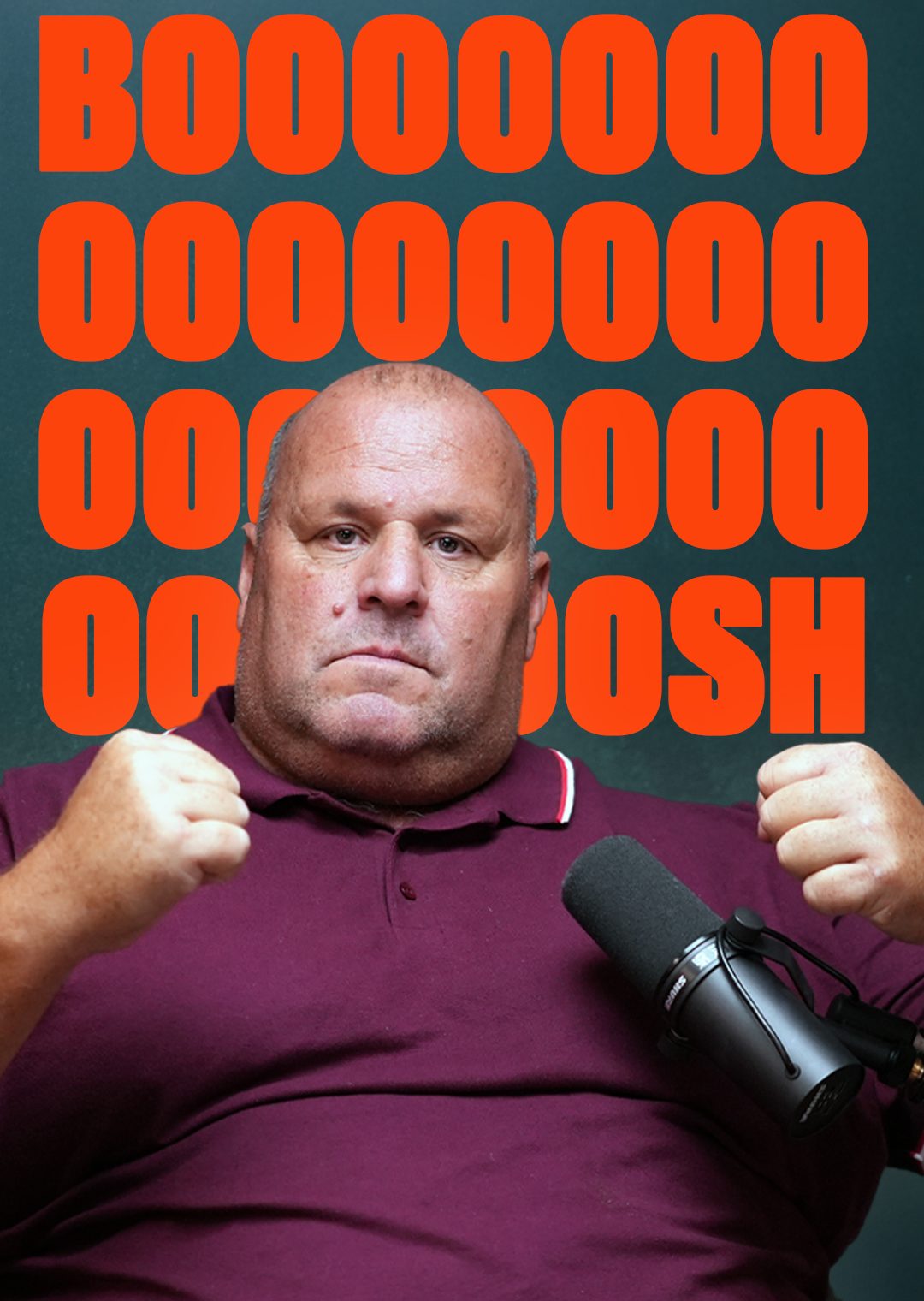Concluding thoughts
In this internet age, TikTok functions much like the prized ‘eye level’ display of traditional brick-and-mortar shops. It places your products right in front of relevant audiences and, with easy links to online stores and purchase pages, makes selling faster and easier than ever.
But, with the advent of influencer marketing, it’s become even more than that. TikTok influencers deliver all the power of word-of-mouth marketing, but to exponentially larger audiences.
TikTok users build an ecosystem of content creators that they love and identify with, and are supported by a powerful algorithm that tirelessly brings more of what they like to their doorstep. As a result, brands who can engage with relevant influencers – or make a statement by breaking the mold – will be richly rewarded across brand awareness and ongoing sales.
It’s also clear that TikTok offers the tools required to launch nearly any kind of campaign, whether it’s promoting a specific product line or embedding a brand into the cultural zeitgeist. This flexibility, and the ever-changing social media cultural landscape, makes it an exciting sandbox for CPG brands to explore in search of huge marketing wins.
Looking for new ways to show your product to the world or place it at the heart of the next viral trend?
See how we got over 23M impressions and 4.6M engagements for the Nivea Q10 range across Meta and YouTube, or drop us a line to start discovering your next influencer success story.






